At the 3rd minute, Clifford Miranda, easily loses possession at an advanced position in the left flank, immediately turns and catches the Syrian from behind in an awkward manner! Although Miranda did a clumsy job there and rightfully booked, the approach showed that Indians, when out of possession at any part of the ground, are not going to let the opponents run all the way to the Indian box. Rather, the job of defense will be done by most of the players, including the attacking players, in their respective positions rather than crowding themselves at the box to do so.
Defense has definitely been India’s big problem for long. Since 2010, India has conceded 81 goals in 33 matches averaging 2.45 per match, take out the SAFF matches, and then it becomes 2.8 per match. The problem was not only that the defenders are weak but the midfield is leaky enough so that the Indian box is bombarded by opposition players frequently. Wim Koevermans first challenge is to find a remedy for this. Probably for India, avoiding defeats and thrashing is more important than winning.
Formation and the midfield battle
India started with a very cautious 4-2-3-1, where the focus was passing, but mostly back or square passes. Some of the attacking moves lacked venom, mainly due to individual mistakes. What the Indians did efficiently, although not cleanly, was to disrupt the Syrian game plan early on. Before the rains started (around 25 mins), every time a Syrian move was initiated, it was blocked in the midfield. Throughout the game, apart from the phases of heavy rain (where the Indian failed to change the game plan and gave Syria chance after chance), India used a strategy of pressing, disrupting the opposition rhythm in midfield and tacking hard early on.
In a game where Indians defended for most part of the match, surprisingly very few last ditch flying tackles were seen at the backline. However, tackles were plenty, and they were mainly employed in the midfield and much ahead of their box. This is something which has been missing in Indian game plan for many years now. Indian midfield has been frequently termed as non-existent. However, against Syria what we witnessed was most of the match was restricted to midfield. Dutchman Wim Koevermans used a five men midfield and a lone striker. Out of these five men, Mehtab Hossain had the unpleasant of spoiling any Syrian moves down the middle, which he did efficiently. Syria could hardly muster a single clear move down the middle, and as the match progressed, due to India’s hard tackling midfield and water logging turf, shifted to long ball strategy. Mehtab, furthermore, blocked a number of moves from the Syrian left flank. Apart from Mehtab, the young and inexperienced Lenny Rodrigues also shared defensive duties. He took time to settle, looked invisible early on, but settled down to play an important role in the match. His role in defense was not that important, but his job in distributing the ball to the more attacking minded players was efficient, although not too frequent (he assisted the second goal and played a part in initiating the move in the first goal). In the initial stages the wingers didn’t have huge defensive roles, they were mainly instrumental in pressing (discussed later). However, in the second half, Koevermans settled into a more defensive formation, 4-1-4-1, where Mehtab came further down to help the backline and the wingers assumed a less adventurous role. Koevermans had to take off Sanju Pradhan, who is mostly an attacking minded player and had a very little role to play in the second half. Veteran Anthony Pareira replaced Sanju to assume a more defensive role (Ironically,, he scored the 2nd goal).
Employing of the pressing triad –
The Syrians had to shift to long ball strategy not only because of Mehtab’s hard –tackling game but also because Indian attacking players pressed and chased the opponents, not allowing them to settle down to build up properly. Francis Fernandes, playing as the attacking midfielder, behind Sunil Chhetri, kept on running into the defenders, forcing them to pass the ball. Sunil Chetri, though much less than Francis, did the same. The players attacking down the flanks were chased by players in trios – Francis chasing from behind, a winger from front and the central midfielder coming laterally. Indians although hardly could use such strategies to snatch the ball and start a counter attack, however, efficiently stopped most of these moves.
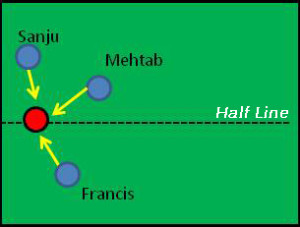
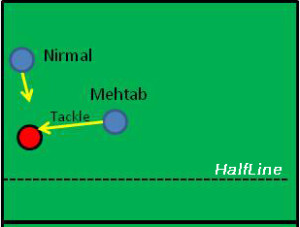
Backline –
The match, in spite of brave defending by the midfielders, could have ended with a Syrian victory. Syrians were given clear cut scoring opportunities by some unforced errors by Indian defenders, most notably Raju Gaikwad and to some extent, Nirmal Chettri. In the words of the colorful TV commentator, Mr. Novy Kapadia, Indian defenders were giving their opponents “an early diwali gift”. India conceded only one goal due to Syrian misfiring forwards and an in-form Subrata Paul. Nabi started with a traditional wing back role of joining the attack and combining with Clifford in the left flank. Nabi frequently lost possession while going up, leaving a gap in left. After the first half, Nabi was only given defensive duties and hardly ventured up. In the right, Nirmal was more of a defensive fullback and when he went ahead he would use ineffective long balls and looping crosses. Raju and Gouramangi performed central back duties. However, soon Syrians discovered that Indian defence, esp. Raju is struggling in handling long lobs. Raju made a few blunders, one of which got Syria a goal at the end of the match. Raju’s man marking, interception and decisiveness were lacking. Gouramangi performed better than Raju but in general was not efficient and failed to marshal the defense. The backline was never very high or employed a risky offside trap which has been poor by Indians in past. The midfield screens made sure that much of the defensive job will start there and thus, the Indian box was hardly overloaded by the opponents. The central defenders had a job of passing the ball to the defensive midfielders, which was again not convincingly done by Gouramangi and co. In the second half, when Indian shunned passing game, the central defenders looked more at ease with a role of clearing away any loose ball in their vicinity. Nirmal Chettri’s defensive role will also come under the scanner, as he made two crucial blunders which could have resulted in goals.
All in all, India, against tougher opponents, seem to be adapting to a system of crowding the midfield and ‘finish off moves in the middle’, which although makes the matches unattractive is efficient, something Indian football need more than anything. However, Koevermans need to sort out the problems with his backline, as India won’t be lucky every time.
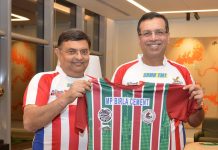




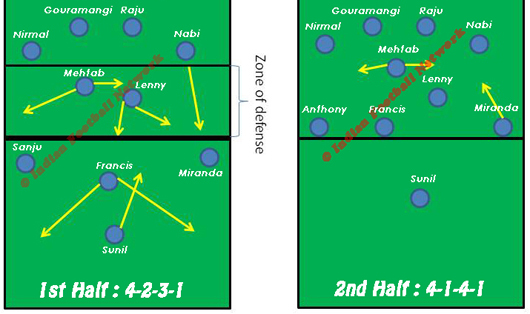
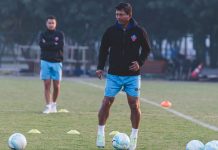

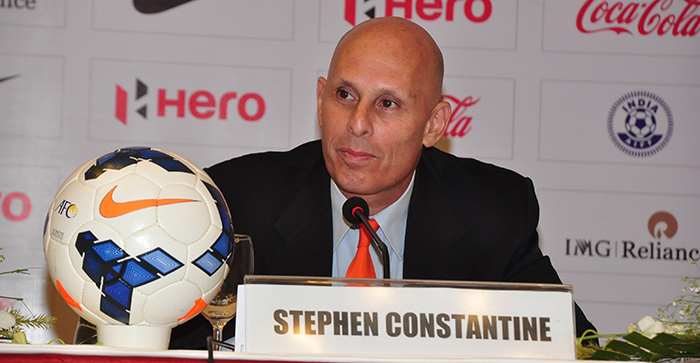
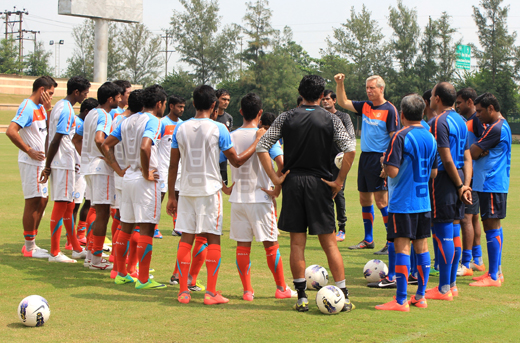

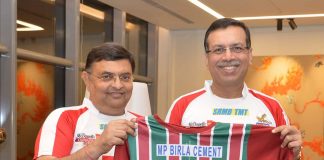

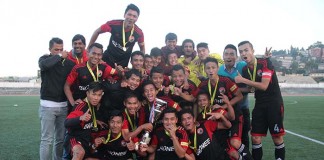
Good anaylsis.
Considering the physical and fitness , Its better to play Zonal Defense than man marking defense.
The main problem with the indian football team is "quality transition". transition especailly of Central midfielders lacks a lot! clifford miranda is first of all unfit to play as a left winger. mostly while playing 4-2-3-1 always the midfilers should move in daimond formation! always move in a group of four! switching of game play is the most imp key which the players and coach should work on! to keep on playing using daimond and box passes. and in defence mostly we lack is deep covering from wingers! there is no balance maintained! raju gaikwad always stand parallel with gourmangi singh!
though we played good but all the above point should be taken into consideration!
I think the rain and quality of the field played a huge factor in India's victory.. if the field wasnt that bad, the result could have been much different
quality analysis. before the tournament wim spoke about having the extra man in the midfield. Makes perfect sense.
Also can't agree with the 4-4-1-1 system , it will be much better if we go with 2 strikers and if we go with 1 strikers then 4-2-3-1 will be a much good system .
Quality Article! And interesting too!
Very good analysis. I agree entirely, Indian defence made lots of errors. Syria could have won if their forwards had not been so prodigal. Raju Gaikwad should concentrate ion improving in tackling and anticipation instead of bothering about long throws and overall hype. I think indian defenders are not yet comfortable about creating moves from the back and prefer just quick clearances, which Houghton had taught the, it will take time to change.
Novy Kapadia